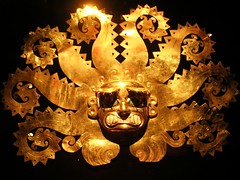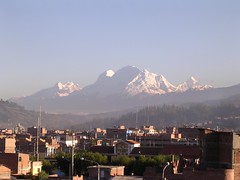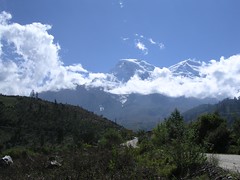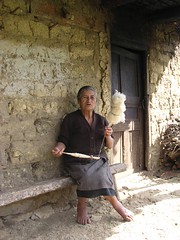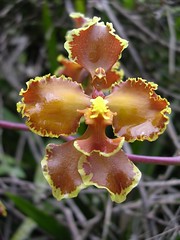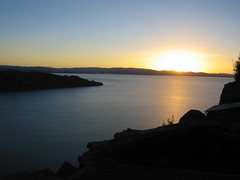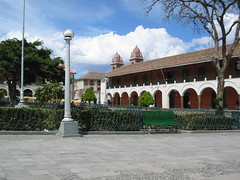The last American week, once more and so short to seem already ended: the travel through Peru, fantastic but perhaps lived less intensely regarding the adventures in the other Latin American countries. Coming from the uncovered coast of the Pacific Ocean, Lima appears as an enormous and dusty strip of desert, at first sight quite unattractive. The traffic congests this big city reducing the historical center (around Plaza de Armas) to a funnel of smog, nothing romantic. People shout in order to sell goods of any type, from food to the most unthinkable objects. An old man shows us his product, saying “asì me gano la vida“, the Manual del Pendejo, that is expired daydreams and holy water… life in Latin America is never banal neither sweet, just demands a lot, maybe too much creativity.
The Yuyanapaq.Para recordar museum (in memory of the two decades civil war, 1980-2000), remembers through an intense audiovisual exposition, that tragic period in Peruvian history and the sad genocide of the Andean people, a season of ideological contrasts that kicked up a big wave of terror in the country. As always, those who paid the worst price in this war were the indigenous people, particularly in the region of Ayacucho. Overwhelmed by a spiral of violence and terroristic actions, the country lost the conscience and suspended its own history.
